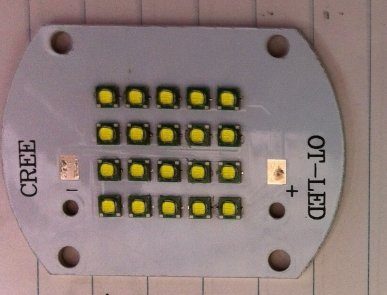bhazard451
New member
I'm going to look for other options outside of ac-rc as well.
I found a chinese multichip manufacturer that will use either Bridgelux or Epistar. Since my personal preference of the two is Bridgelux, I emailed them, and I'm going to see what they can offer. It would be even better if they can produce a sample to test with. Some info on them here:
http://www.alibaba.com/product-gs/608318305/50w_led_chips.html
If a company is willing to produce single samples, it basically means we don't need to agree on one ratio, and any customized ratio can be ordered. This is how I have ordered chinese led fixtures, and I don't see why the same can't be done for a multichip.
I found a chinese multichip manufacturer that will use either Bridgelux or Epistar. Since my personal preference of the two is Bridgelux, I emailed them, and I'm going to see what they can offer. It would be even better if they can produce a sample to test with. Some info on them here:
http://www.alibaba.com/product-gs/608318305/50w_led_chips.html
If a company is willing to produce single samples, it basically means we don't need to agree on one ratio, and any customized ratio can be ordered. This is how I have ordered chinese led fixtures, and I don't see why the same can't be done for a multichip.

